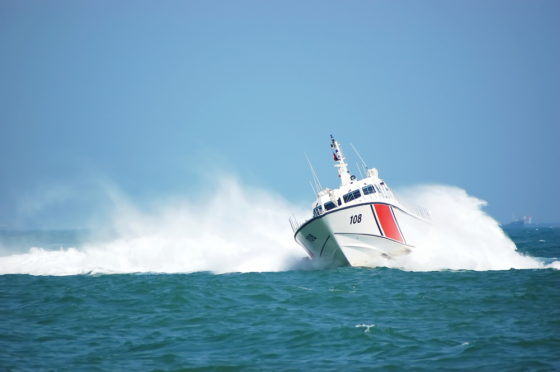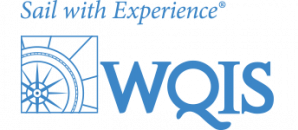USCG Updates BWM Extension Requests for Compliance

New updates have been posted for procedures to request extensions for Ballast Water Management compliance.
The update, issued by the U.S. Coast Guard in March 2017, deals with 33CFR 151 in particular and responds to widespread confusion over previously issued guidance. The USCG received hundreds of requests for compliance extensions and dozens of questions about the previous guidance.
There are restrictions on who may request an extension. According to the USCG bulletin of March 6, 2017: “If a type-approved system is not available for a vessel, and compliance with the other approved ballast water management methods is not possible, the vessel owner/operator may apply for an extension of the vessel’s compliance date. Whether a type-approved system is ‘available’ will be based on evidence submitted by the vessel owner/operator with the application for extension.”
When determining the length of extensions, the Coast Guard will assess the availability of USCG-type approved systems and detailed installation plans. This will not typically align with scheduled dry docking, so be prepared for that.
Providing justification for your request is paramount, especially for those with the nearest deadlines. The following text is from the USCG announcement:
Vessels having a compliance date before and including December 31, 2018: These requests will be evaluated as follows:
1) Extension requests that do not provide a justification as to why compliance with one of the BWM methods in 33 CFR 151.1510 or 151.2025 is not possible by the current compliance date will be denied.
2) Vessel owners and operators who have identified that a Coast Guard type-approved BWMS is available for a vessel but do not have enough time to install it prior to the vessel’s compliance date must provide a strategy, including a detailed installation plan, for how the vessel would be brought into compliance by installing a Coast Guard type-approved BWMS before the end of the extension. Extensions granted on this basis should be expected not to exceed 18 months.
3) Vessel owners and operators who have identified that a Coast Guard type-approved BWMS is not available for a vessel must provide a strategy, including a timeline, for how the vessel would be brought into compliance before the end of the extension. Extensions granted on this basis should be expected not to exceed 30 months.
The USCG will begin consideration of extension requests for vessels that have a compliance date between Jan. 1, 2019, and Dec. 31, 2020, 18 months before the vessel’s compliance date. Keep in mind that the availability of type-approved systems could affect your request. The Coast Guard says owners and operators should submit additional information supporting extension requests.
Vessels with compliance dates of Jan. 1, 2021, or later are not likely to be granted extensions, the bulletin says. Plan to be in compliance by your scheduled date.
If you already have a compliance date extension, it is valid until the date specified in the letter granting the extension. It may be transferred to a new owner or operator for the remainder of its term. “Upon the letter’s expiration, a vessel must implement one of the approved ballast water management methods specified in 33 CFR 151.1510 or 151.2025,” the bulletin says.
If your vessel has an alternative management system installed, you won’t need an extension, because you are in compliance. The AMS can be used for five years after the vessel’s compliance date, according to the bulletin. The USCG provides this cautionary note, however: “Once Coast Guard type-approved BWMS are available for a vessel, the vessel will no longer be able to install AMS in lieu of type-approved systems. Therefore, if a vessel is not past its compliance date and installing an AMS is being considered as a compliance method, the vessel owner or operator should evaluate whether a Coast Guard type-approved BWMS is available for the vessel. If it is determined that such a system is not available, an AMS can be installed before the vessel’s compliance date and used for up to five years after the vessel’s compliance date.”
Get on top of your BWM extension requests early, at least 12 to 16 months before your current compliance date. Requests submitted with less than 12 months to go before the compliance date may be denied because the USCG might not have time to review the application, request further information and make its decision. Additionally, submitting requests in a timely fashion allows vessel owners and operators who are denied an extension enough time to install a ballast water management system or figure out options for using another approved method before falling into violation of the current compliance date.
As a final note, the USCG says, “Issuance of supplemental extensions should not be anticipated.” That means any extension you receive should be considered a hard deadline.
About Water Quality Insurance Syndicate
Since 1971, WQIS has been involved in more vessel pollution events than any other marine pollution provider. Having the right team immediately available in the event of a loss is crucial for mitigating damages, getting clients back to an operational status and the claims process. Our team is made up of an extensive network of trusted professionals to assist from the moment a spill occurs until the spill is cleaned up. For more information about our insurance solutions and services, call us at 212-292-8700.
